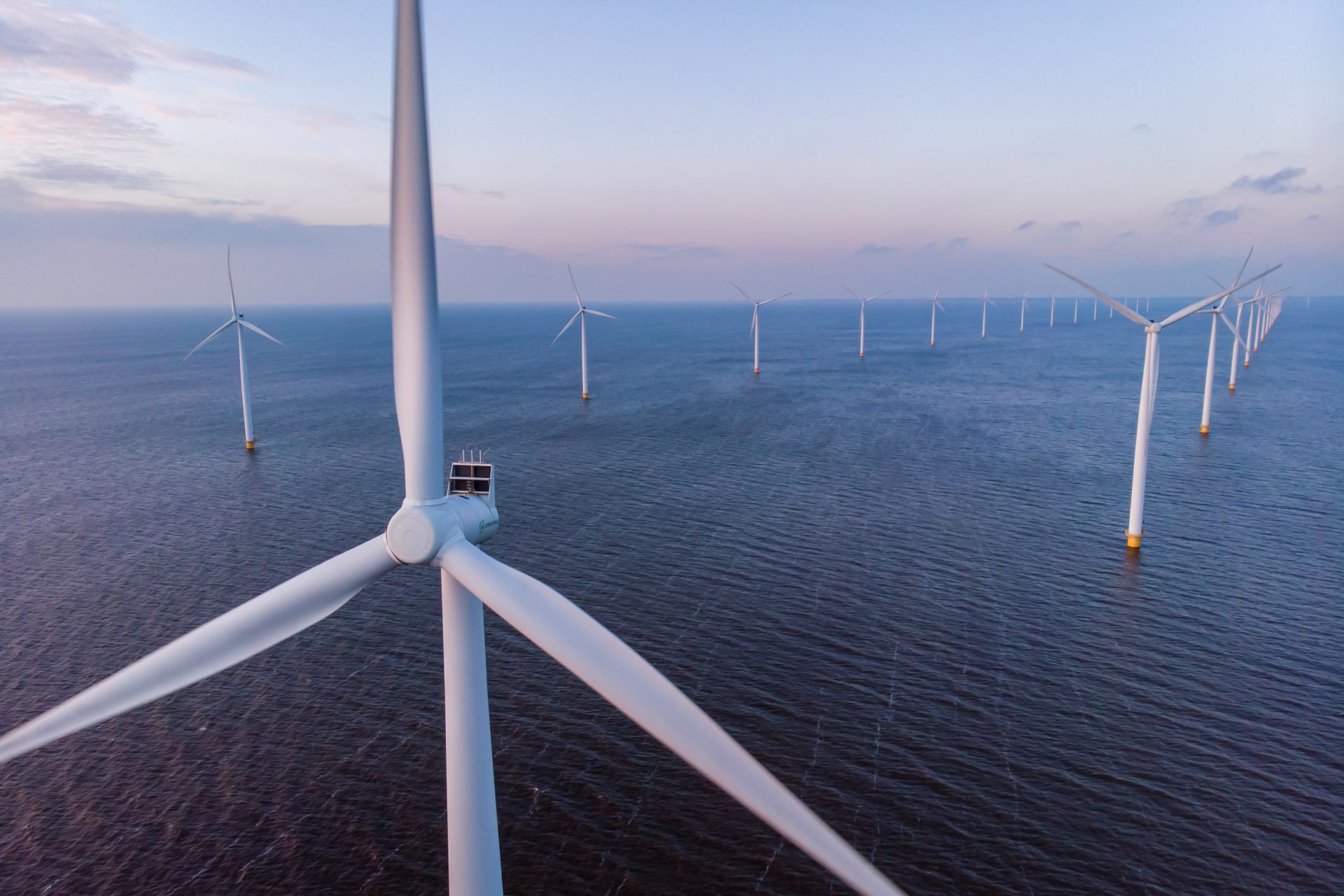It’s important but not critical.
That’s been the dominant narrative around sustainability.
Until now, that is. There seems to be a definite shift to changing this narrative, a shift that could be worth trillions of dollars to the banking industry.
In 2007, Google famously became the first major company to be carbon neutral. According to a 2020 BBC News article, the company has already offset all the carbon they have ever produced. Their goal is to be carbon free by 2030—just under eight years from now.
The year 2030 is a goal for Microsoft too. In January 2020, on their official blog, Microsoft launched their “moonshot” to be carbon negative by 2030, and by 2050 to remove every gram of carbon they have emitted. This includes the carbon emitted in the production of all the electricity they have used since their founding in 1975. The company issued an update in January 2022, indicating they are still on track.
According to Statista.com, 135 countries have pledged to become carbon neutral. As of November 2021, nearly half—66 of them—have put a target year on their policies, laws or propositions.
This is borne out by our own Top 10 Trends in Banking 2022 report. One of the key trends is “Green gets real,” which means sustainability seems to be moving to the top of the corporate agenda.
This kind of political will is necessary for “Green to get real.”
Fortunately for banking, the world will need substantial investment if it is to move to sustainability. This is good news, because banks are currently profiting from the fossil fuel industry. According to CNBC, the world’s top 60 banks financed the fossil fuel industry to the tune of $3.8 trillion in the five years between the signing of the Paris Agreement on climate change in 2016 and 2021.
There’s a lot of revenue in that, which the banking industry is keen to preserve.
But if the world economy gets serious about going “green,” that $3.8 trillion will be a drop in the ocean. According to a statement released by Bank of America, moving the world economy to net zero carbon emissions by 2050 will require a massive $150 trillion.

Banking Top 10 Trends for 2022: Our annual report predicts the trends that will shape banking’s future.
LEARN MOREThe flipside is that banks themselves are part of the world economy and will need to follow Google and Microsoft’s lead to offset their own carbon emissions. Crucially, this includes the carbon emissions of those they lend to and finance.
This has several ramifications:
- There will be an added compliance burden, as banks will need to report on their progress towards environmental, social and governance (ESG) goals.
- Becoming carbon neutral takes investment. Some of the revenue banks will enjoy as they support their clients to become carbon neutral will need to be re-invested into the banks themselves following suit.
- Banks will need to make some tough choices: do they become a frontrunner in carbon neutrality, with the reward of increased visibility and the risk of shrinking the business in the short-term? Or do they walk the tightrope of staying one step ahead of the regulators, to preserve their current book and still reap the reputational benefits?
I can see a real shift between now and 2025 as banks navigate the biggest change in regulation since Basel after the 2008 recession. As you can probably remember, after Basel 3 was introduced, there was a so-called Basel Hurdle Rate. The regulations made the cost of capital more expensive and dented banks’ ability to compete in the short term. I can see banks facing a similar challenge around ESG pricing between now and 2024.
Of course, it’s not all about the rate of return. Increased employee motivation, customer support and trust, and shareholder endorsement are all critical enablers of growth, and are sure to make a focus on sustainability worthwhile.
To talk more about the opportunities that sustainability can offer your bank, please contact me. To learn more, read the full report, “Banking Top 10 Trends for 2022”.











